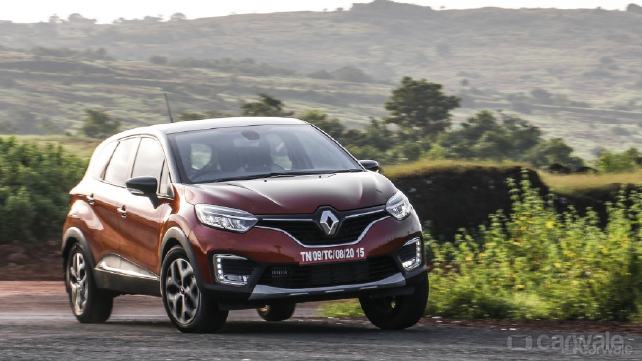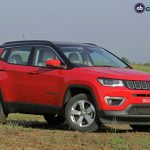
Introduction
Renault India has finally launched the much-awaited Captur in India at Rs 9.99 lakhs (ex-showroom, all India). Although it is based on the Duster, the Captur carries the all-new design language which is a welcome addition to the Renault line-up. The five-seater is available with two engine options across seven variants. There is no automatic transmission and AWD variant as yet, but that is expected to be introduced later.
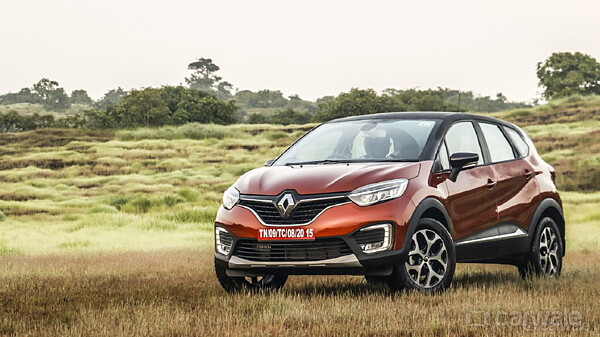
Renault has positioned the Captur above the ageing Duster. Renault has strategically priced it as a direct rival to the Korean. With its pricing, the premium crossover is also a great alternative to the C-segment sedans in the country.
So what are the highs and lows of buying the all-new Renault Captur?
What’s good about it?
The Captur is underpinned by the tried-and-tested MO platform of the Duster. It has the same wheelbase, but it is slightly longer and taller. The curvy design language with LED-laden bulbous headlamps, Megane-like grille and boomerang DRLs lend it a premium appeal. The swooping roofline, stylish 17-inch wheels covered with flared wheel arches and the wrap-around taillights lend it a sportier stance.
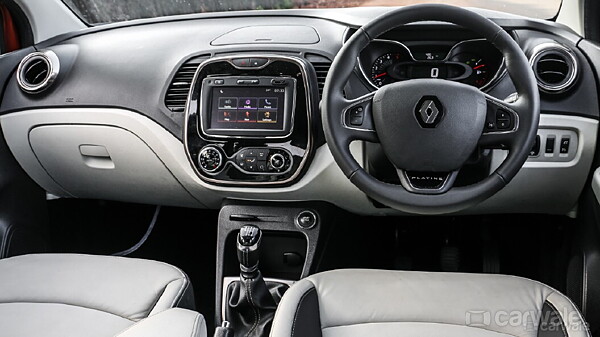
On the inside, the cabin is pleasant and spacious. There is a seven-inch infotainment screen dominating the dashboard complemented by a funky instrument cluster. The boot space is 392-litres which is on par in the segment. And there are ample storage spaces around the cabin. In terms of equipment, the Renault is feature-laden in the top-spec variant.
The powertrain is same as the Duster but is tuned for a better city runabout. The ride quality and handling are exceptional as well.
What’s bad about it?
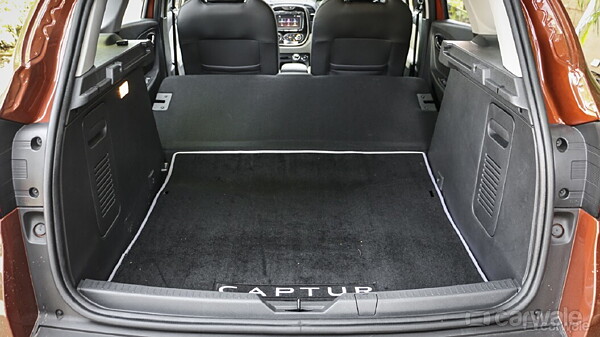
The Captur uses the same old infotainment system as seen on the Duster. Which has now started to look rudimentary, especially when compared to the Creta’s modern system. Also, the Captur falls short in terms of quality of materials and fit and finish. There are hard plastics around the cabin and the switches and knobs are not up to the mark. There are no 60:40 split seats at the back either. In terms of safety, we feel Renault should have offered more than two airbags as its rivals offer as many as six in their top variants.
The best variant to buy?

In the petrol guise, the top-of-the-line RXT is the only plausible option. It is only Rs 60,000 more than the RXL variant below it. Meanwhile, in the diesel option, you get the Platine as the top-spec variant. It adds few additional features such as exclusive Platine upholstery and badging, illuminated cupholders and sunvisors over the RXL variants. These aren’t the real deal breakers for the Platine variant. But at just Rs 80,000 over the RXL, the Platine adds side airbags, hill assist, electronic stability control, and cornering functions for the fog-lamps. If you think it is worth the extra eighty grand, the Platine is worth every penny over the RXL; but if not, the RXL variant will suffice all your needs.
Quick facts
Price range
Petrol – Rs 9.99 lakhs to Rs 11.69 lakhs
Diesel – Rs 11.39 lakhs to Rs 13.88 lakhs
Specifications
Petrol 1.5-litre 104bhp at 5600rpm and 142Nm at 4000rpm
Diesel 1.5-litre 108bhp at 3850rpm and 240Nm at 1750rpm
Transmission – five-speed manual for petrol, six-speed manual for diesel, Front Wheel Drive
Did you know?
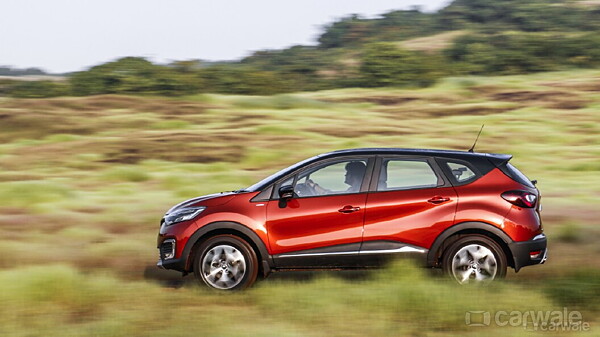
Globally, there are two variants of this car, one spelt with C (as in India) and the other is spelt with a K. Both are sold in different markets and are based on different platforms. In India, we are sold the Russian-spec Kaptur with the European-spec moniker.
[“Source-timesofindia”]



